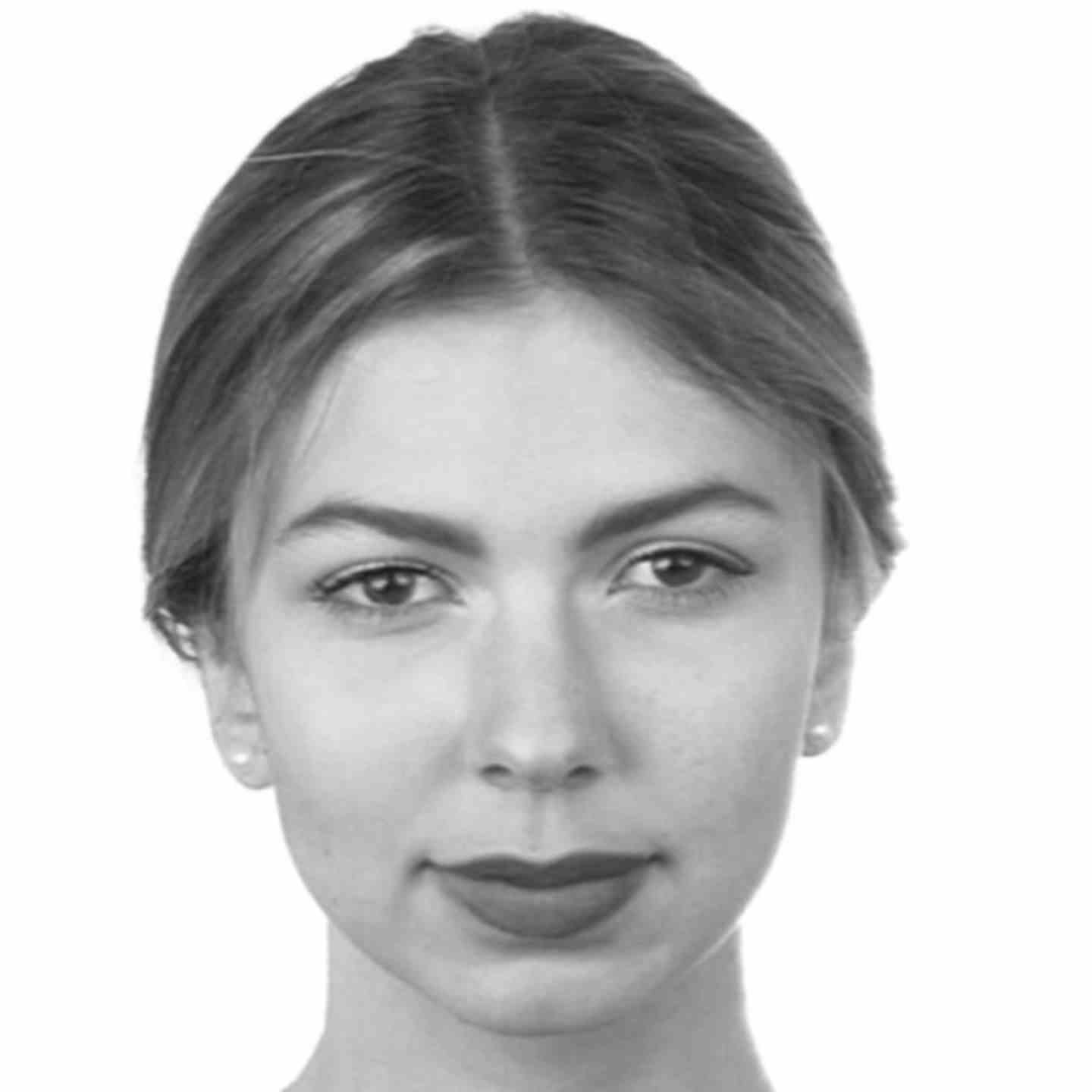Secret weapon in everyday life
Breathe away stress: Breathing exercises for more serenity
Our breath has a huge impact on our well-being and mood. Used consciously, it can reduce stress and promote relaxation.
© PeopleImages / Getty Images
Conscious breathing is the easiest and quickest way to relieve stress and relax. With these three exercises you can bring more serenity into your everyday life.
Each person breathes in and out 10,000 to 20,000 liters of air every day. To do this, the human lungs have to move more than 20,000 times in order to inhale around half a liter of air with each breath. Since the human body needs oxygen but cannot store it, it has to breathe continuously.
Stress takes our breath away
But although the process of breathing could not be taken for granted, many people often tend to breathe “wrong” in everyday life.
In the case of emotional or physical stress, constant brooding and constant tension, people often unconsciously hold their breath. If you breathe pressed, shallow or too fast, this disturbs the natural movement of the respiratory system. The body is not supplied with sufficient oxygen and a residual amount of carbon dioxide remains in the organism. This in turn can have a negative effect on the nervous system. Poor concentration, tension, tiredness and high blood pressure can be the consequences. The corresponding symptoms then increase feelings of stress and tension, which in turn make us breathe more shallowly – improper breathing results in a vicious circle of feelings of stress that steadily intensify. But how do you breathe “correctly”?
Full breathing: How to breathe “correctly”
In abdominal and diaphragmatic breathing – also known as “full breathing” – the entire chest and abdominal area is involved in breathing, and the entire volume of the lungs is used. When inhaling, the diaphragm pushes into the abdomen, which bulges outwards. The air you breathe should flow effortlessly into your stomach, pelvis, back and kidney area and be consciously felt here. In this way, the body is effectively supplied with oxygen.
In addition, organs near the diaphragm, especially the digestive organs, are massaged and stimulated in a natural way. Deep breathing through the nose is preferable to mouth breathing. It protects the lungs by cleaning, humidifying and tempering the breathing air. The air would always flow through the mouth directly into the lungs. According to the portal “Lungenärzte im Netz”, this leads to “greater contamination of the respiratory tract, so that pathogens can no longer be transported away and the risk of lung diseases increases”.
The wrong breathing: chest and shoulder breathing
With short and shallow breathing, usually only the chest and shoulders are involved in breathing. Instead of using the entire volume of the lungs, only the upper part of the lungs is supplied with oxygen. In order to find your way back to full breathing, it is essential to focus on conscious, deep breathing. The following three exercises will help.
Three effective breathing exercises for more relaxation in everyday life
1. Natural abdominal breathing
Natural abdominal breathing should ideally be practiced continuously. However, in the fast-moving everyday life between tasks and appointments, it is anything but easy to constantly remind yourself to consciously breathe fully. Here it can help to set a timer at regular intervals as a reminder at the beginning. In this way you can actively learn abdominal breathing and regularly integrate it into everyday life.
For abdominal breathing, place one hand flat on your stomach while inhaling deeply through your nose. Through your hand you can feel the abdominal cavity filling with air, expanding and the abdominal wall lifting. Then exhale slowly and calmly through your mouth and feel the abdominal wall slowly drop back down. Repeat the exercise as often as you like until you can feel a feeling of relaxation in your abdomen.
The technique can be performed while standing, sitting or lying down and can therefore also be practiced in public without any problems.
2. The 4-7-8 method
The 4-7-8 breath is a deep, rhythmic breathing technique. The method is an extended form of abdominal breathing that can be used as a natural calming agent for the nervous system. It is said to relieve tension and nervousness, promote relaxation and, thanks to its calming effect, even help with insomnia and stress-related digestive disorders.

For the 4-7-8 method, you should lie flat and place one hand on your abdomen. Then breathe in through your nose and mentally count to four. Hold your breath and slowly count to seven. Finally, exhale through your mouth and slowly count to eight. Repeat the breathing exercise four times, preferably twice a day.
3. Exhale in bursts
The last method not only has a calming effect, but is also intended to relieve tension. In addition, the exercise should be used to reduce anger, anger and nervousness. Sit up straight with one hand on your chest and the other on your abdomen. Now take a deep breath in through your nose and mentally count to five. Then breathe out through your mouth five times in quick succession. Repeat the exercise five times.
Swell:TU Braunschweig, Lung Information Service, Lung doctors online, OK,



